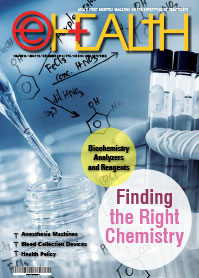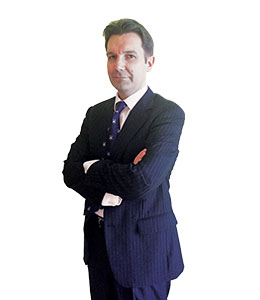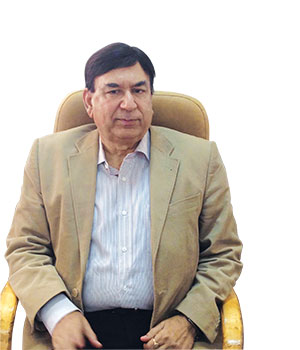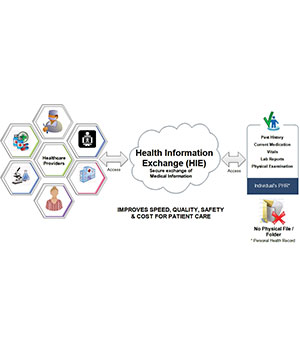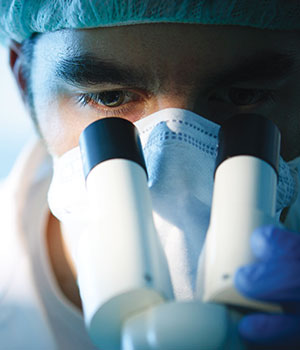
Avinash Tiwari, National Sales Manager, Randox Laboratories India Pvt. Ltd. shares his views with ENN on trends and overall scenario of biochemistry analyzers and reagents market in India.
Integrate systems combining biochemistry and immunochemistry tests are gaining space. Please explain

Integrate system by combining biochemistry and immunochemistry is a new trend at the market place followed now. Laboratory needs to perform both the tests onto two different machines which results into more turn-around time. Hence, majority of laboratories with high work load of both biochemistry and immunochemistry are opting for an integration because once a sample is loaded onto machine, both biochemistry and immunochemistry tests can be performed, low sample handling on machine, hence low manual intervention, fast turn- around time, convenience in reporting, saves precious time, manpower and money.
System capabilities are fuelling the growth. Kindly elaborate it in the Indian context
Approximately 70 percent of the most treatment decisions are made by clinicians solely based upon the laboratory results. Moreover for precise diagnosis and treatments more and more patients are referred to laboratory for an investigation. This is leading to the higher work load and creating a demand for better and sophisticated analysers in the market place.

Moreover all mid-size laboratories have started shifting towards fully automation in their set-ups for better patients services and reliability of tests results. This is not only helping them to provide faster results, but also save time and money.
The new generation fully automated analyzers comes with higher throughput, produces reliable results like qualifying to the internal and external quality assessment programs and less trouble shooting while being operational. This also offers more assays to be performed on same machine and save both cost of purchase of another machine and also the space. Thereby, such newer innovative biochemistry analyzers are fuelling the market growth rapidly at the moment.
Mid-size laboratories have started shifting towards fully automation in their set-ups for better patients services and reliability of tests results
Clinical chemistry is mature market however it has enough scope in developing countries like India. Please explain it in reference with the Indian market
The estimated in vitro diagnostic market in India is over Rs. 2600 crore with CAGR of a little over 20 percent. This indicates the huge untapped market opportunity as well.
As mentioned earlier, over 70 percent of treatment decisions by clinician are based on laboratory results. Moreover, there is a surge in chronic disease like diabetes, cardiovascular diseases and hypertension, and the like in the Indian population resulting into more footfalls into the laboratory.
A large medical laboratory will accept samples for up to about 700 plus different kinds of tests and experiments. Even the largest of laboratories rarely do all these tests themselves, and some must be referred to other labs. Clinical chemistry covers a wide array like routine chemistry, which is commonly ordered blood chemistries, for e.g.; liver and kidney function tests fall under clinical chemistry. Special chemistry consists of elaborate techniques such as electrophoresis, and manual testing methods. Clinical endocrinology is the study of hormones, and diagnosis of endocrine disorders. Toxicology is basically a study of drugs of abuse and other chemicals.
There is an enormous opportunity for the key Market players to continue focus on research and development and offer better solutions to laboratory, which is cost effective yet maintains the highest quality standard.
Be a part of Elets Collaborative Initiatives. Join Us for Upcoming Events and explore business opportunities. Like us on Facebook , connect with us on LinkedIn and follow us on Twitter , Instagram.


